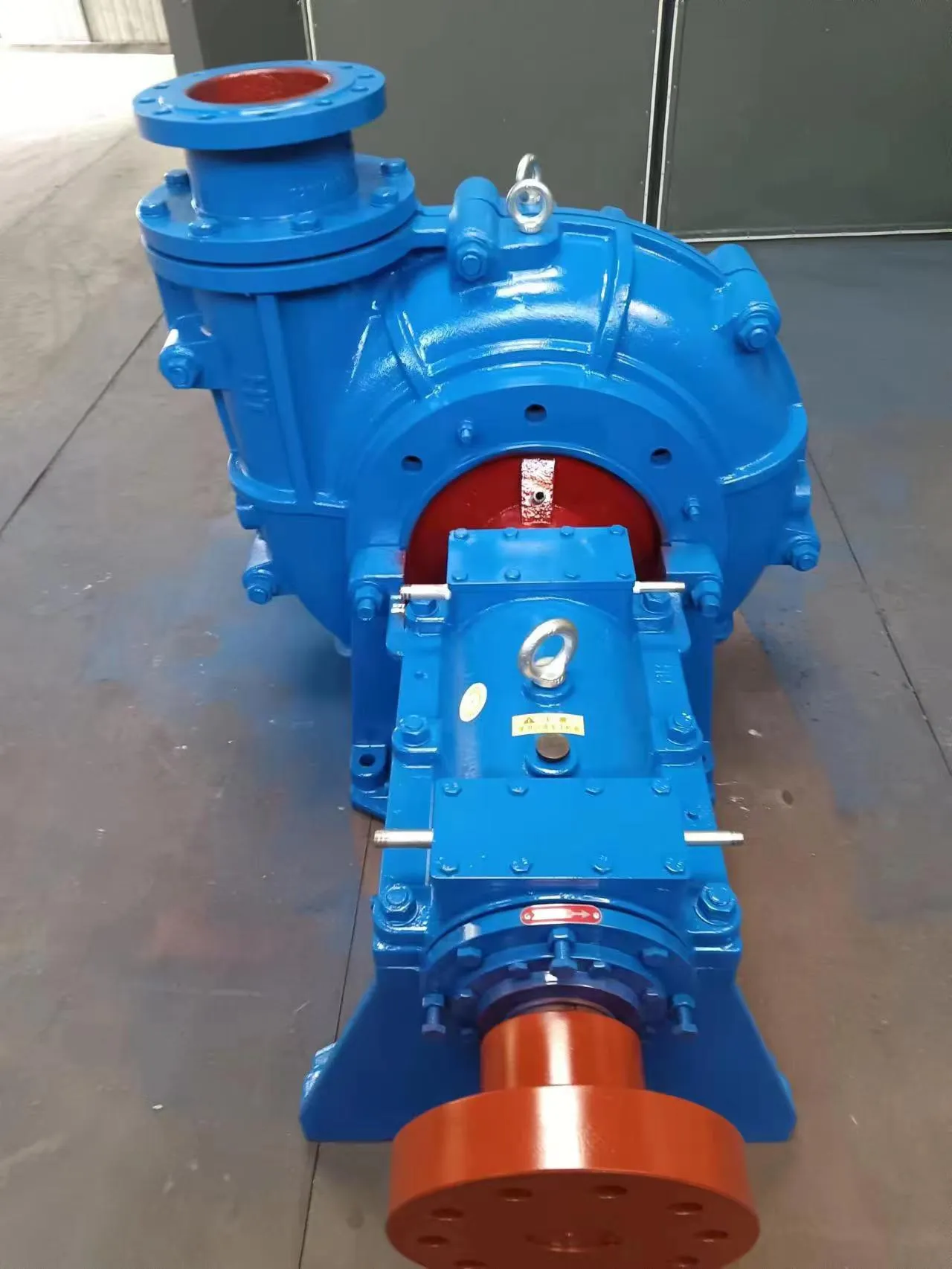English
- Afrikaans
- Albanian
- Amharic
- Arabic
- Armenian
- Azerbaijani
- Basque
- Belarusian
- Bengali
- Bosnian
- Bulgarian
- Catalan
- Cebuano
- Corsican
- Croatian
- Czech
- Danish
- Dutch
- English
- Esperanto
- Estonian
- Finnish
- French
- Frisian
- Galician
- Georgian
- German
- Greek
- Gujarati
- Haitian Creole
- hausa
- hawaiian
- Hebrew
- Hindi
- Miao
- Hungarian
- Icelandic
- igbo
- Indonesian
- irish
- Italian
- Japanese
- Javanese
- Kannada
- kazakh
- Khmer
- Rwandese
- Korean
- Kurdish
- Kyrgyz
- Lao
- Latin
- Latvian
- Lithuanian
- Luxembourgish
- Macedonian
- Malgashi
- Malay
- Malayalam
- Maltese
- Maori
- Marathi
- Mongolian
- Myanmar
- Nepali
- Norwegian
- Norwegian
- Occitan
- Pashto
- Persian
- Polish
- Portuguese
- Punjabi
- Romanian
- Russian
- Samoan
- Scottish Gaelic
- Serbian
- Sesotho
- Shona
- Sindhi
- Sinhala
- Slovak
- Slovenian
- Somali
- Spanish
- Sundanese
- Swahili
- Swedish
- Tagalog
- Tajik
- Tamil
- Tatar
- Telugu
- Thai
- Turkish
- Turkmen
- Ukrainian
- Urdu
- Uighur
- Uzbek
- Vietnamese
- Welsh
- Bantu
- Yiddish
- Yoruba
- Zulu
Telephone: +86 13120555503
Email: frank@cypump.com
Nov . 30, 2024 09:52 Back to list
sewer ejection pump
Understanding Sewer Ejection Pumps An Essential Component of Wastewater Management
Sewer ejection pumps, often referred to simply as ejector pumps, play a crucial role in the management of wastewater within residential and commercial buildings. These pumps are integral to ensuring that wastewater is effectively moved from lower to higher elevations, allowing it to flow efficiently through sewer systems. While they may not be the most glamorous aspect of plumbing infrastructure, their importance cannot be overstated.
What Is a Sewer Ejection Pump?
A sewer ejection pump is a type of submersible pump designed to pump sewage and waste from below the level of the public sewer line. The primary function of this pump is to transport waste materials from basements or other low-lying areas to a municipal sewer line or a septic tank. This is particularly important in areas where gravity alone cannot facilitate the movement of wastewater due to the natural topography.
How Do They Work?
The operation of a sewer ejection pump revolves around the basic principles of pressure and gravity. When waste enters the pump's basin, it triggers a float switch that activates the pump. As the pump begins to work, it draws the wastewater into its chamber and compresses it using an impeller. The pressurized waste is then discharged through a discharge pipe into the sewer line, ensuring that it moves away from the building and into the larger wastewater treatment system.
Key Features and Components
Several components make up a sewer ejection pump system
. The most crucial parts includesewer ejection pump

1. Pump Housing This is the outer casing that houses the pump mechanism and protects it from damage. 2. Impeller The impeller is a rotating component that increases the velocity of the liquid waste, pushing it through the discharge line. 3. Float Switch This component monitors the wastewater levels in the basin. When the water rises to a certain level, the float switch activates the pump. 4. Discharge Pipe The pipe that carries the pumped sewage away from the ejector location to the main sewer line. 5. Check Valve This prevents backflow, ensuring that wastewater does not re-enter the basin after being pumped out.
Applications and Benefits
Sewer ejection pumps are commonly used in various scenarios
- Basement Bathrooms Many homes have bathrooms located below the main sewer line. Ejection pumps facilitate wastewater removal from these lower areas. - Commercial Buildings In facilities like restaurants or laundromats, ejector pumps help manage higher volumes of sewage that might be generated. - Flood-Prone Areas Properties in low-lying or flood-prone areas often rely on ejector pumps to prevent sewage backup during heavy rains or flooding.
The benefits of using sewer ejection pumps are numerous. They help prevent clogs and backups that could lead to unpleasant odors and hazardous conditions. Additionally, they ensure that wastewater is efficiently transported away from properties, promoting health and safety.
Maintenance and Considerations
While sewer ejection pumps are robust and designed for durability, regular maintenance is vital to ensure their longevity and functionality. Homeowners and operators should inspect the pump periodically for blockages, check the float switch for proper operation, and ensure that the discharge pipe is clear. Signs that a pump may need servicing include unusual noises, slow drainage, or frequent cycling on and off.
In conclusion, sewer ejection pumps might seem like an overlooked component of plumbing systems, but they are vital for effective wastewater management. Understanding their function and ensuring their proper maintenance can help homeowners and businesses avoid significant problems associated with sewage disposal. By recognizing the importance of these pumps, we can appreciate the hidden systems that keep our communities functioning smoothly.
-
Heavy-Duty Mining Sludge Pumps - Wear-Resistant Slurry Handling
NewsAug.02,2025
-
Horizontal Split Case Pump with GPT-4 Turbo | High Efficiency
NewsAug.01,2025
-
ISG Series Pipeline Pump - Chi Yuan Pumps | High Efficiency, Durable Design
NewsAug.01,2025
-
Advanced Flue Gas Desulfurization Pump with GPT-4 Turbo | Durable & Efficient
NewsJul.31,2025
-
ISG Series Vertical Pipeline Pump - Chi Yuan Pumps | Advanced Hydraulic Design&Durable Construction
NewsJul.31,2025
-
ISG Series Vertical Pipeline Pump - Chi Yuan Pumps | Energy Efficient & Low Noise
NewsJul.31,2025










